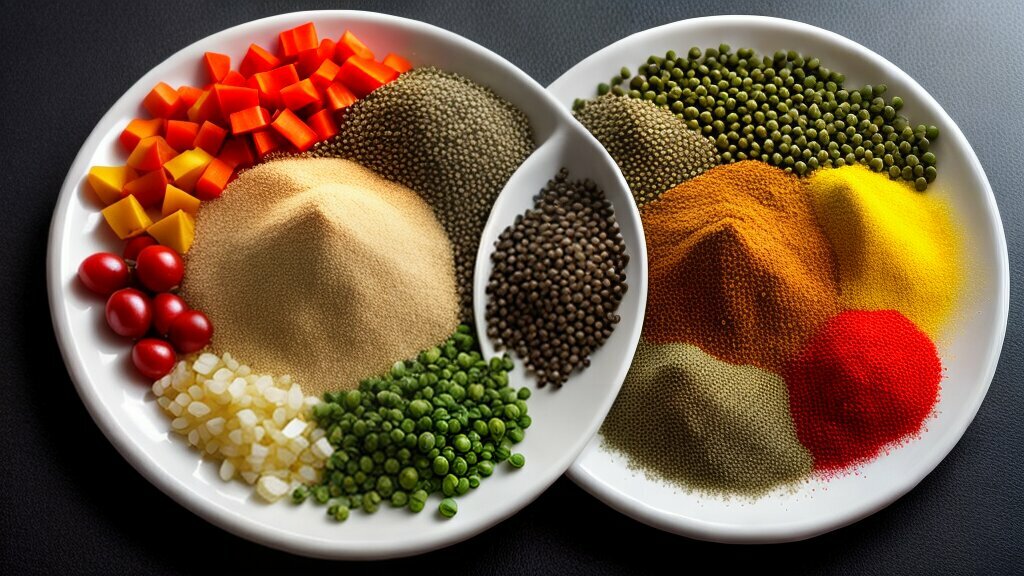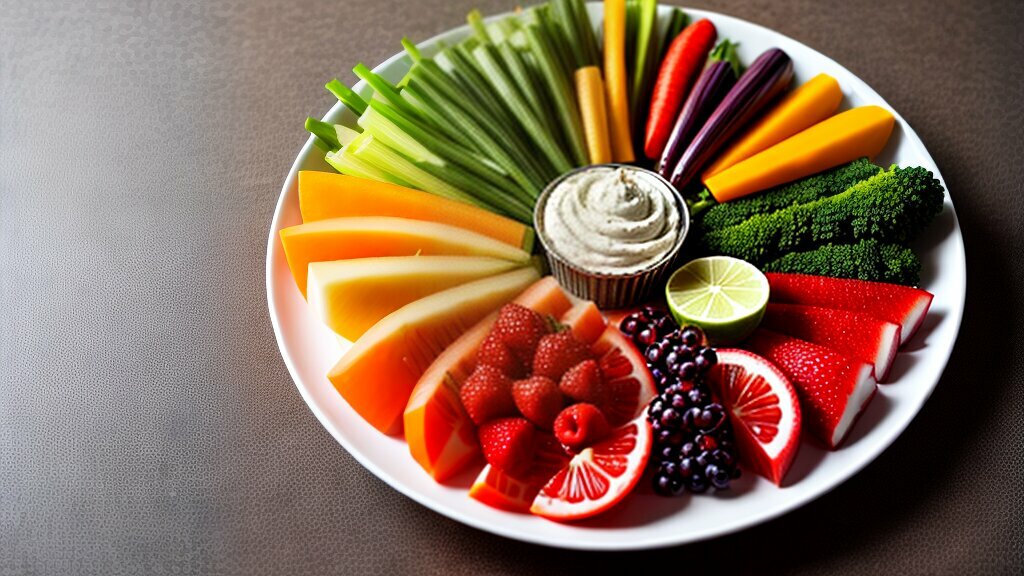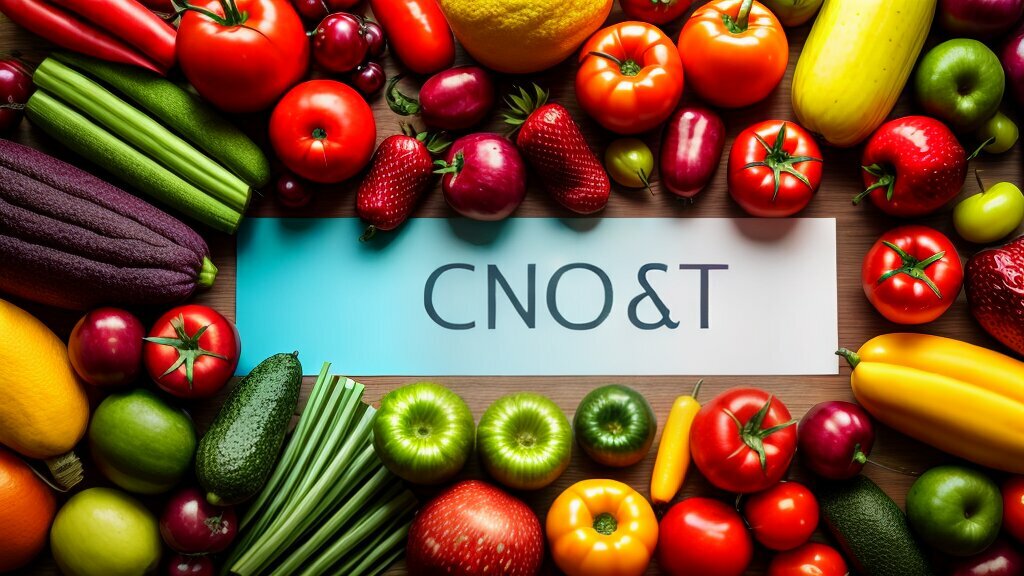When it comes to maintaining a healthy diet, the cost of food can be a major obstacle. However, eating well on a budget is possible with the right strategies and knowledge. In this article, we will explore tips and tricks for mastering affordable, healthy meals in Australia.
Understanding the Benefits of Eating Well on a Budget
Eating well on a budget can have numerous benefits for your health and your wallet. By prioritizing cost-effective nutritious meals, you can improve your overall health, boost your energy levels, and save money in the long run. Here are some examples of budget-friendly meal ideas:
| Meal | Ingredients |
|---|---|
| Vegetable stir-fry | Broccoli, carrots, bell peppers, onions, soy sauce, brown rice |
| Chicken and vegetable soup | Chicken breasts, onion, garlic, carrots, celery, chicken broth, whole wheat pasta |
| Bean and vegetable chili | Kidney beans, black beans, tomatoes, onions, bell peppers, chili powder, brown rice |
Planning ahead is key to eating well on a budget. By creating a shopping list and comparing prices, you can make economical food choices and avoid overspending. Buying in bulk and taking advantage of discounts and sales can also help you save money on groceries. When shopping, prioritize fresh produce and ingredients that offer the most nutritional value for your money.
One study found that people who cooked at home more frequently consumed healthier meals and had lower food expenses compared to those who ate out more frequently. Meal planning can help you save money and eat well by incorporating affordable ingredients and utilizing leftovers effectively. Consider batch cooking and freezing meals for later use to maximize your budget.
By eating well on a budget, you can also promote clean eating and prioritize whole, unprocessed foods. Experiment with flavors and adapt recipes to suit your preferences and dietary restrictions. It’s also important to read food labels and understand nutritional content to maximize the nutritional value of your meals.

Community resources and assistance programs are available in Australia to support affordable healthy eating. Local food banks, farmers markets, and initiatives that offer discounted or free healthy food options can be valuable resources for those on a budget. Take advantage of these resources and explore other options for eating well on a budget.
Smart Grocery Shopping on a Budget
When it comes to eating well on a budget, smart grocery shopping is crucial. Without a plan, it’s easy to overspend and end up with unnecessary items that don’t contribute to a healthy diet. To keep your grocery budget in check, follow these tips:
- Create a shopping list before heading to the store, and stick to it. This will help you avoid impulse purchases and focus on buying only what you need.
- Compare prices between different brands and stores. Consider buying generic or store-brand items, which can often be just as nutritious as name-brand products.
- Buy in bulk whenever possible. This is especially cost-effective for pantry staples like rice, beans, and oats.
- Take advantage of discounts and sales. Stock up on items when they’re on sale, but be sure to check the expiration dates so you don’t end up wasting food.
When choosing which foods to buy, prioritize fresh produce and ingredients that offer the most nutritional value for your money. This might mean opting for frozen or canned fruits and vegetables, which can be just as nutritious as fresh options while being more affordable.
Remember to read food labels and ingredient lists carefully, too. Look for items that are high in nutrients like fiber, protein, and healthy fats, and avoid those that are high in added sugars, sodium, and unhealthy fats.
By following these grocery shopping tips, you can make economical food choices that support your budget-friendly meal ideas and promote a healthy diet.

Meal Planning for Savings
Meal planning is a cost-effective way to eat healthy and avoid unnecessary food expenses. It is also a great time-saver for busy Australians. To plan your meals for the week ahead:
- Choose a day to plan your meals, ideally a weekend or a day off work.
- Check your pantry and fridge for ingredients that can be used in upcoming meals.
- Look for sales and specials at your local grocery store or farmers market.
- Create a shopping list based on the meals you plan to make and stick to it while shopping.
- Consider incorporating affordable ingredients such as canned beans, lentils, and frozen vegetables into your meals.
- Plan for leftovers and use them in future meals to avoid waste.
- Try batch cooking by preparing large portions of meals that can be frozen and enjoyed later.
It may take some time to get into the habit of meal planning, but it can save you a significant amount of money in the long run. By planning ahead and using affordable ingredients effectively, you can create delicious and nutritious meals without breaking the bank.

Cooking at Home: Simple and Affordable Recipes
Cooking at home is not only a great way to save money, but it also allows you to control the ingredients and nutritional value of your meals. Here are some simple and affordable recipes that promote clean eating:
| Meal | Recipe |
|---|---|
| Breakfast | Green Smoothie Bowl: Blend 1 banana, 1 cup spinach, 1 cup almond milk, and 1 scoop protein powder. Top with sliced fruit and granola. |
| Lunch | Chickpea Salad: Mix 1 can of chickpeas, 1 diced cucumber, 1 diced tomato, 1 diced red onion, 1/4 cup chopped parsley, and a dressing made with 1 lemon juiced, 1 tbsp olive oil, and salt and pepper to taste. |
| Dinner | Stuffed Sweet Potato: Bake 2 sweet potatoes. Cut them in half and scoop out some of the flesh. Mix the flesh with 1 can of black beans, 1 diced red pepper, 1 diced red onion, and 1 tsp cumin. Stuff the mixture back into the sweet potato skins and bake for another 10 minutes. |
| Snack | Apple Nachos: Slice 1 apple and arrange the slices on a plate. Drizzle with 2 tbsp melted peanut butter and sprinkle with 1 tbsp chia seeds and 1 tbsp chopped nuts. |
These recipes use budget-friendly ingredients while still delivering nutritional value. Feel free to experiment with flavors and adapt these recipes to suit your preferences and dietary restrictions. Remember, cooking at home is a great way to eat well on a budget.

Maximizing Nutritional Value on a Shoestring Budget
When you’re trying to eat well on a tight budget, it’s important to make the most of every dollar you spend. By prioritizing nutrient-dense foods and making smart choices when it comes to purchasing ingredients, you can still enjoy a healthy and varied diet.
One of the easiest ways to maximize nutritional value while sticking to a shoestring budget is to incorporate plenty of fruits and vegetables into your meals. Not only are these foods packed with essential vitamins and minerals, but they’re often more affordable than other ingredients. Opt for seasonal produce to save even more money, and consider buying frozen fruits and vegetables if fresh options are too expensive.
When it comes to protein sources, lean options like chicken breast, turkey, and eggs can offer plenty of nutritional value without breaking the bank. Canned beans and lentils are also excellent sources of protein that can be used in a variety of dishes. Additionally, consider incorporating plant-based proteins like tofu and tempeh into your meals for a change of pace.
To further stretch your budget, make use of pantry staples like whole grains, legumes, and spices to create flavorful and satisfying meals. Items like brown rice, quinoa, and oats are versatile and nutritious, while spices like paprika, cumin, and turmeric can add depth and complexity to dishes without adding any extra cost.

Remember, it’s important to read food labels and understand the nutritional content of your ingredients in order to make informed decisions. By making smart choices and being mindful of your spending, you can enjoy a healthy and nutritious diet without overspending.
Community Resources and Assistance Programs
Accessing affordable, healthy food can be a challenge for many Australians. Fortunately, there are community resources and assistance programs available to help.
Local food banks provide free or highly discounted food to those in need. Farmers markets often offer affordable fresh produce, and some cities have initiatives that provide discounts for low-income individuals. Taking advantage of these resources can help stretch your grocery budget further.
Additionally, some programs offer assistance specifically for families with children. The Good Start Breakfast Club, for example, provides breakfasts to students in need, while the Stephanie Alexander Kitchen Garden Foundation helps schools create gardens and teach students about healthy eating.
Remember to research available resources in your area and reach out to non-profits and government organizations for assistance. No one should have to sacrifice their health due to financial constraints.

Conclusion
Congratulations, you are now equipped with the knowledge and strategies to eat well on a budget in Australia. Remember, maintaining a healthy diet doesn’t have to break the bank. By prioritizing affordable, nutrient-dense ingredients and planning ahead, you can enjoy delicious, satisfying meals while staying within your budget.
Make smart choices at the grocery store, incorporating fresh produce and taking advantage of discounts and sales. Plan your meals for the week, incorporating cost-effective ingredients and utilizing leftovers effectively. Experiment with easy and affordable recipes that promote clean eating, and don’t be afraid to adapt them to suit your preferences and dietary restrictions.
Maximize nutritional value without overspending by prioritizing fruits, vegetables, whole grains, and lean proteins. And don’t forget to explore the community resources and assistance programs available in Australia to support affordable healthy eating.
By implementing these tips and strategies, you can achieve your health and wellness goals while staying within your budget. Eating well on a budget is not only possible, but it’s also an investment in your long-term health and well-being. So go ahead, get creative in the kitchen, and enjoy delicious, affordable meals that nourish your body and soul!
FAQ
Q: What are some tips for grocery shopping on a budget?
A: To grocery shop on a budget, create a shopping list, compare prices, buy in bulk, and take advantage of discounts and sales. Prioritize fresh produce and choose ingredients that offer the most nutritional value for your money.
Q: How can I save money and eat well through meal planning?
A: Meal planning is key for saving money and eating well. Plan meals for the week, incorporate affordable ingredients, and utilize leftovers effectively. Consider batch cooking and freezing meals for later use.
Q: Can you provide some simple and affordable recipes for budget-friendly clean eating?
A: Absolutely! Here are some easy and affordable recipes that promote clean eating: breakfast options, lunch ideas, dinner recipes, and snacks. Feel free to customize them based on your preferences and dietary restrictions.
Q: How can I maximize nutritional value while on a tight budget?
A: To maximize nutritional value on a tight budget, focus on incorporating fruits, vegetables, whole grains, and lean proteins into your meals. Read food labels and understand the nutritional content of the ingredients you use.
Q: Are there any community resources or assistance programs available for affordable healthy eating in Australia?
A: Yes, Australia offers community resources and assistance programs to support affordable healthy eating. These include local food banks, farmers markets, and initiatives that provide discounted or free healthy food options. Explore these resources and take advantage of the support available.
